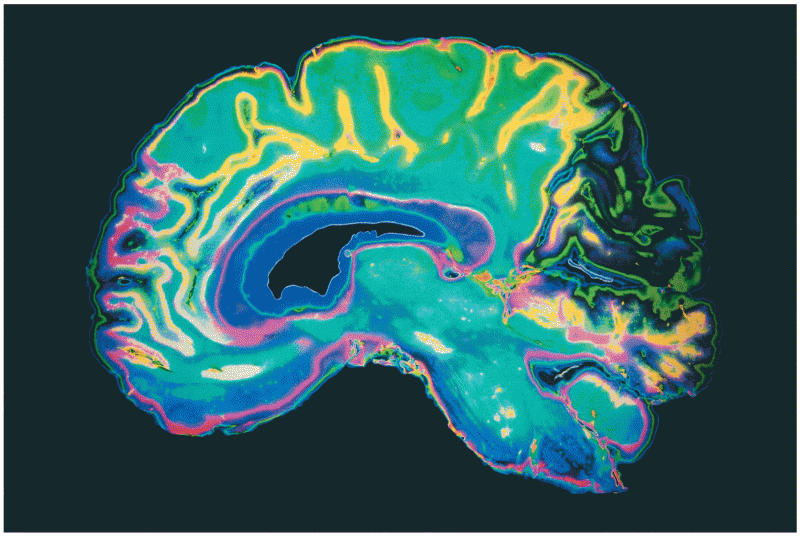|
|
|
Only one in 10 cancer deaths is caused by the primary tumor. The vast majority of cancer mortality is caused by cells breaking away from the main tumor and metastasizing to other parts of the body, such as the brain, bones, or liver.
For pediatric patients, intravenous fluids are the most commonly cited products involved in medication errors that are reported to the USP.
The ratio of hydrogen atoms to oxygen in water (H2O) is 2:1.
If you could remove all of your skin, it would weigh up to 5 pounds.
Most strokes are caused when blood clots move to a blood vessel in the brain and block blood flow to that area. Thrombolytic therapy can be used to dissolve the clot quickly. If given within 3 hours of the first stroke symptoms, this therapy can help limit stroke damage and disability.







